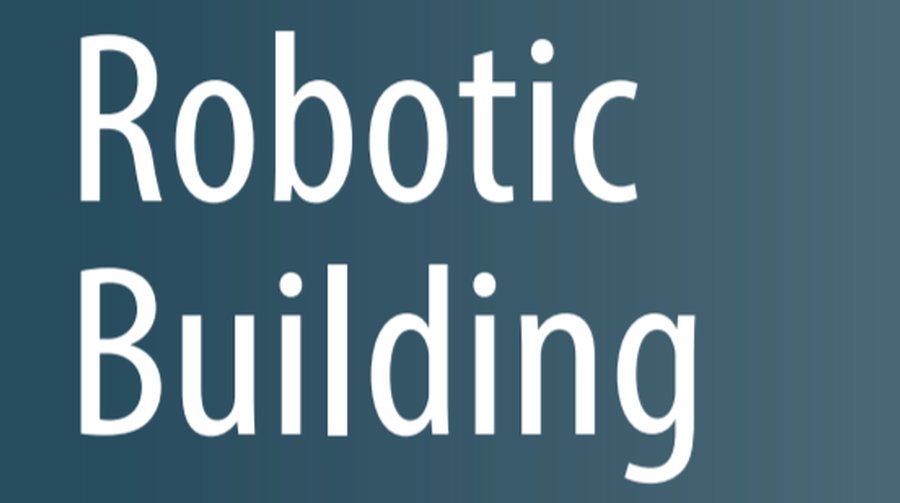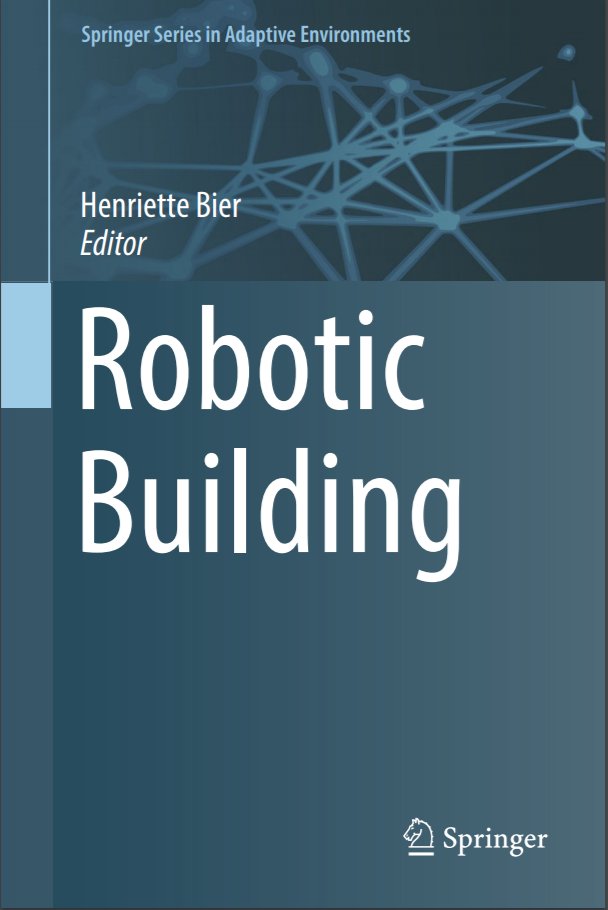While architecture and architectural production are increasingly incorporating aspects of non-human agency employing data, information and knowledge contained within the (worldwide) network connecting electronic devices, the relevant question for the future is not if but how robotic systems will be incorporated into building processes and physically built environments (Bier 2013) in order to improve everyday life. The first book of the Adaptive Environments (AE) series on Robotic Building (RB) aims to answer this question by critically reflecting on the achievements of the last decades in the application of robotics in architecture and furthermore outlining potential future developments and their societal implications.


